A few days off before the final countdown. Using the time to look through old photos & share them with you. Good memories! #shenanigans #tbt pic.twitter.com/IYfsVAIFB4
— Thomas Pesquet (@Thom_astro) September 29, 2016
Thomas’ recent Tweet inspired us to look back at his training schedule since being selected to the ESA astronaut corps in May 2009.
Thomas and his five colleagues reported to ESA’s astronaut centre in Cologne, Germany at the end 2009 to start their training.
Read more about the astronaut selection and take some of the tests Thomas had to do on ESA’s astronaut selection website.
In January 2010 Thomas did a course on basic medical procedures and techniques – a life-saving skill for everybody.
Learning to work in space is often taught underwater – like in scuba diving, adjusting weights on your belt allows you to float underwater, similar to floating in space. Thomas had lessons in scuba diving at the European Astronaut Centres Neutral Buoyancy Facility. In particular underwater training is used for spacewalks and many more sessions were to come for Thomas.
One of the first tastes of true weightlessness was on a parabolic flight – by flying at 45° angles, pilots can create over 20 seconds of weighltessness for the passengers in an aircraft. The six new astronauts took a ride on the rollercoaster aircraft in May 2010. Read more about their first experience in weightlessness.
Next was basic survival training with the “shenanigans” group in June 2010. Under the hot Mediterranean sun the astronauts where taught the skills to survive in case their spacecraft would land in a remote area. Read more about their survival training.
ESA’s basic astronaut training was completed in 2010, with Thomas receiving his award from the ESA Director General in November.
Thomas continued training to become a Eurocom – the eyes and ears of an astronaut on the ground. Their job is to be always available to answer questions and make sure an astronauts time in space is spent as efficiently and as comfortably as possible. They relay queries to the scientists who designed and built experiments, and consider new tasks from the astronaut’s perspective. When Thomas is in space he will talk to a Eurocom – the job he used to do. Meanwhile Thomas continued to do technical training in preparation for spaceflight.
In 2012 Thomas did his first winter survival training together with Samantha Cristoforetti and Luca Parmitano in the woods of Russia. A lot of time is spent collecting firewood and building a shelter against the cold. Thomas learnt the skills to survive a few days in a harsh winter while waiting for rescue.
In the summer of 2012 Thomas took part in ESA’s underground training course CAVES that reenacts a spaceflight mission in as much detail as possible. From multicultural teams to ‘cavewalking’ and running scientific experiments, this underground adventure prepares astronaut for working together in extreme environments.
In the same year Thomas learnt to use the Russion Orlan spacewalk suit together with ESA astronaut Tim Peake. Few astronauts have conducted spacewalks in both the American EMU suits and the Russian Orlans. ESA astronaut Thomas Reiter and Thomas’ future Space Station commander Peggy Whitson are two who have.
In 2012 Thomas also had his first training with the Soyuz spacecraft that will take him to the International Space Station later this year.
In 2013, over in the USA at NASA’s Johnson Space Center, Thomas started spacewalk training with the US “Extravehicular Mobility Unit” as well as learning more about the Space Station systems. NASA’s ‘swimming pool’ contains full size models of International Space Station modules to practice techniques and prepare for specific spacewalks.
Thomas also took part in NASA’s underwater training missions of the coast of Florida. In 2013 he stayed above water as support team while colleague ESA astronaut Andreas Mogensen spent four nights 20 m underwater in the Aquarius habitat. Thomas returned in 2014 as an ‘aquanaut’ spending nine days underwater.
On 17 March 2014 Thomas’ Proxima mission was announced at the French Ministry of Higher Education and Research, kicking off his mission-specific training.
In September 2014 Thomas took part in the Russian water survival training, necessary if the Soyuz spacecraft lands at sea.
Training ramped up with more Soyuz training and Space Station systems as well as training for the experiments Thomas will run in space.
In 2015 Thomas got a feel for his launch when he was backup crew for ESA astronaut Andreas Mogensen, travelling to Baikonur launch facility.
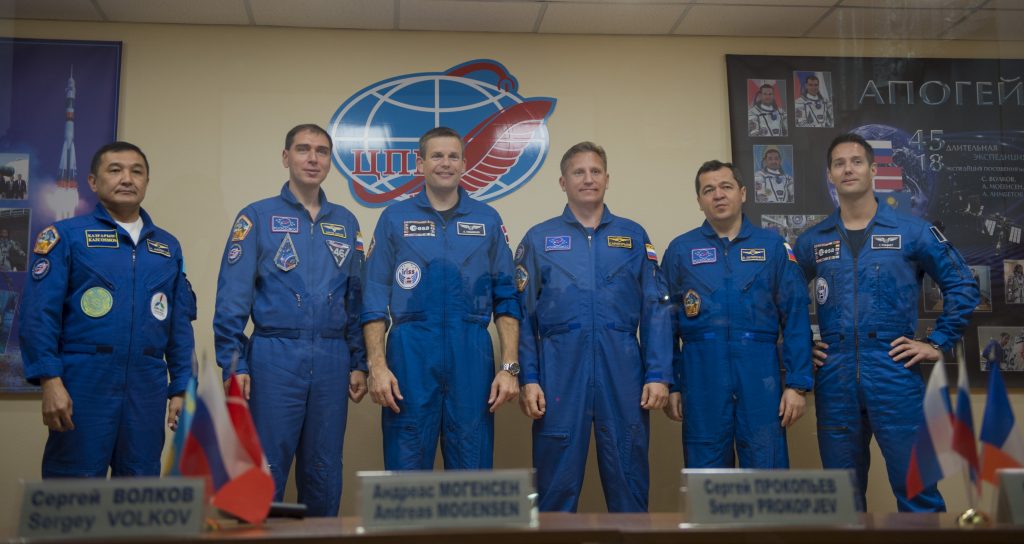
From left, prime crew members, Kazakh cosmonaut Aidyn Aimbetov, Soyuz spacecraft commander Sergei Volkov,ESA astronaut Andreas Mogensen, and backup crew members Russian cosmonaut Sergey Prokopyev, ESA astronaut Thomas Pesquet, Russian cosmonaut Oleg Skripochkan, during a press conference. Credits: ESA–S. Corvaja
It was a long road of almost non-stop training for Thomas as for all ESA astronauts. Considering the skills astronauts need to work and live in an environment that humans only started exploring 50 years ago, seven years is a short time. Thomas had to absorb spacewalks, systems, survival skills, medical training, experiments, maintenance tasks, communications, spacecraft and orbital dynamics – all in quick succession.

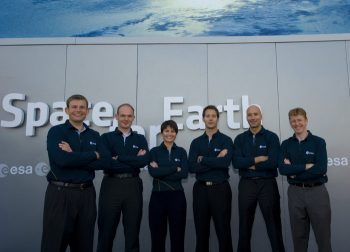

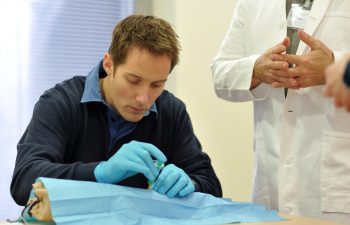
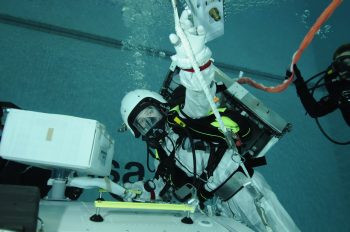
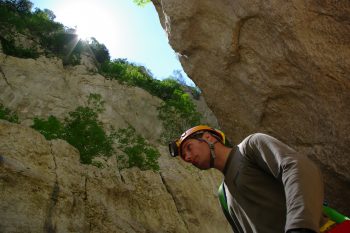
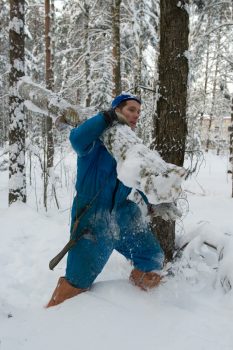
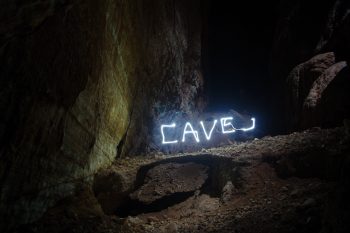

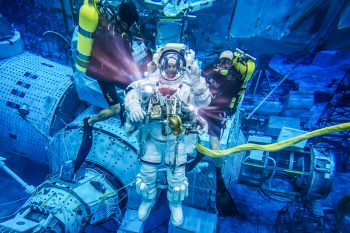
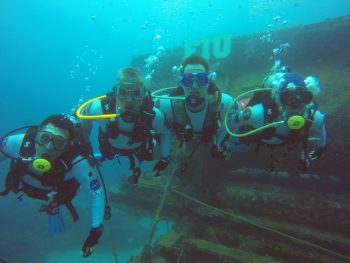
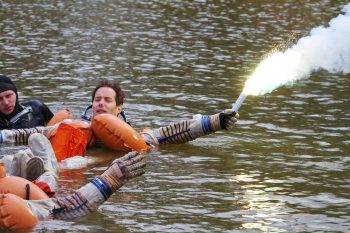




Discussion: 10 comments
Bonjour,
Cette idée de revenir sur 7 ans de préparation et nous les raconter est fabuleuse. Merci de nous faire vivre cela et de continuer grâce au blog. Il me semble qu’il y aura des vidéos conférences à la Cité de l’espace de Toulouse, j’essaierai d’y aller. C’est Extraordinaire. Après 7 ans de préparation, à quelques jours du décollage, l’adrénaline doit tout de même commencer à monter un peu… Très bon voyage, Thomas !
Sandra
Hi,
It’s a very great idea to come back on 7 years astronaut preparation and tell us what you did. Thanks to the blog, thank you very much to give us the chance to know a little bit about proxima expedition during the time you will be in space.
I’ve heard sometimes you will give videoconferences at the French “cité de l’espace” in Toulouse, I’ll try to go.
It’s so extraordinary ! After 7 years training and a few days before you go to the ISS station, I think a bit of adrenalin is coming …. Have a nice trip Thomas !
Sandra
Merci Sandra! If there is anything else you would like to know more about, let us know!
bbbooooooooommmmmmmmm
Wow, ça c’est de l’entrainement intensif :-0 🙂
I love T. Pesquet 😉
Hi,
Can someone tell me more about the mental preparation ? I can’t found anything
Thanks
Hi
Can someone help me to found informations about the mental preparation
Thanks
Bonjour auriez vous un lien pour le reportage de ARTE svp ?
Super ton blog Thomas, j’aimerais faire comme toi ton parcours pourrait tu m’expliquer comment il faut si prendre tu peurt me répondre.
Cordialement.
Ton grand fan de 5e.
Super ton blog Thomas, j’aimerais faire comme toi ton parcours pourrait tu m’expliquer comment il faut si prendre tu peut me répondre.
Cordialement.
Ton grand fan de 5e.